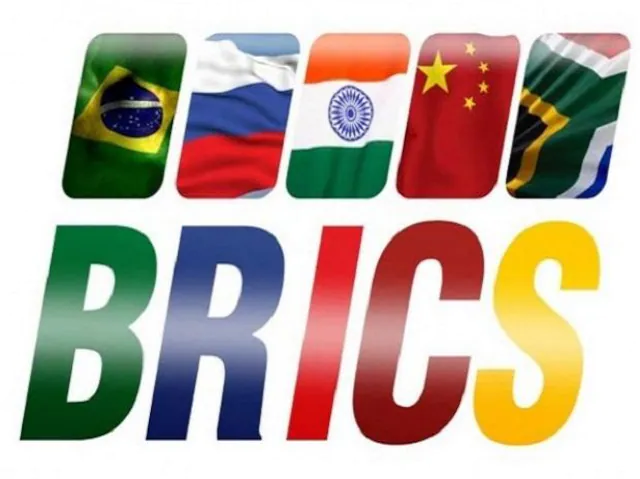Apart from the basic science insights EHT has already produced, the technologies and algorithms developed for this research are likely to find many other applications
The release of the first ever images of a black hole on April 10, marked the culmination of an enormous collaborative effort that lasted several years. It involved a pool of 200-odd scientists spread across 13 different institutions, and drawn from multiple disciplines. In some ways, the most impressive contributions came from the mathematicians and computer scientists who patched data together to create the images.
This was a very impressive feat. The black hole in question is 55 million light years away and occupies less volume of space than the solar system. “Zooming” in on it required a telescope powerful enough to read a newspaper on a Paris newsstand, while sitting in New York. A single telescope that powerful (capable of capturing a 20 microsecond-arc of a circle) would be about the size of the Earth itself.
The Event Horizon Telescope (EHT) actually consists of eight different radio-telescopes spread across four continents, including Antarctica. This method of putting together data from different telescopes to create a single image is called Very Long Baseline Interferometry. The data was synchronised using atomic clocks. Even VLBI could not produce complete images for an object that small and distant. It was like a jigsaw puzzle with many pieces missing. and very clever algorithms were required to fill in missing details.
The measurements derived by EHT tell us that the target, the black hole at the centre of the Virgo A Galaxy (also known as M87 and NGC486) is a “supermassive” black hole. It has a mass some 6.5 billion times that of the sun and a radius of about 40 million km, which is about the distance from the sun to Neptune. This is the black disc in the centre of the image. The event horizon – the orange ring around the black disc – is caused by superhot matter, travelling at great speed…



No comments:
Post a Comment